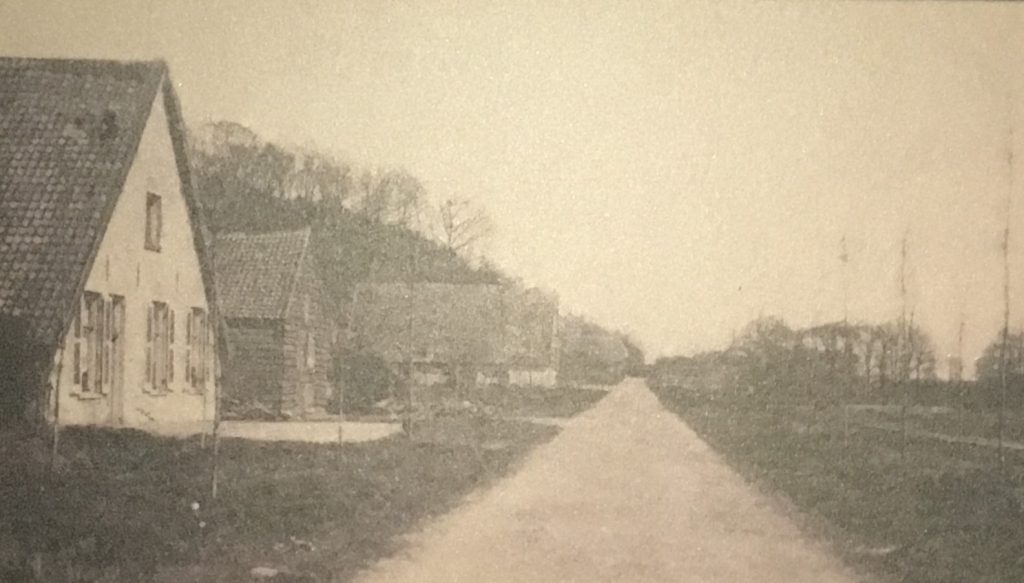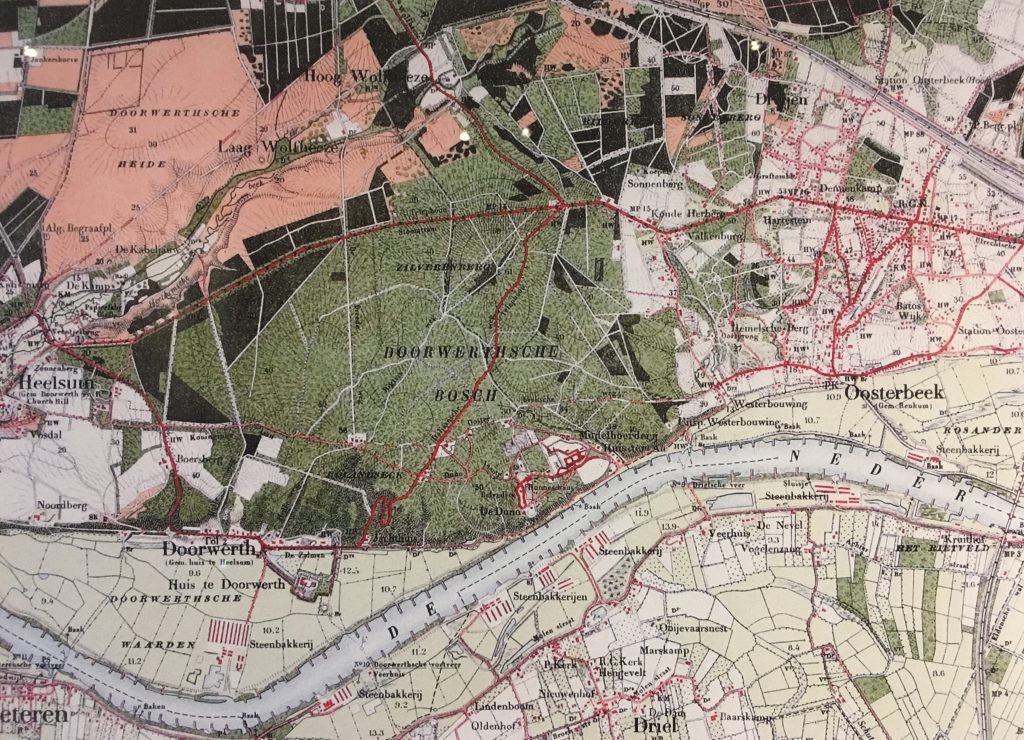History of Doorwerth
Rights of Doorwerth
The history of Doorwerth is closely related to the castle and the Lord of Doorwerth. The Lord of Doorwerth was the highest authority on these lands, as not only ruler but also judge.
The territory encompassed the grounds on the north side of the Rhine up to the old road of Oosterbeek. In the 17th century, it extended further, up to the old village Wolfheze.
Hunting and fishing rights
The Lord of Doorwerth was entitled to the hunting, fishing and toll rights. Strange to the 21st century person, he had the sole rights to keep pigeons and to grind, the latter being used to raise a tax on mills or build his own mill.
Population
An estimated 200 people lived on the grounds of the castle. They depended on the lord for the lease, their wages and security. The inhabitants of Doorwerth lived from agriculture, cattle breeding consisting of sheep, pigs, and cows. The Lord was entitled to collect part of this income.
In 1741 Willem Bentinck commissioned a water mill to keep the polders around the castle dry. This expanded the lands he had. He used these to build a garden and as farmland.
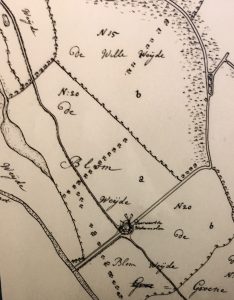
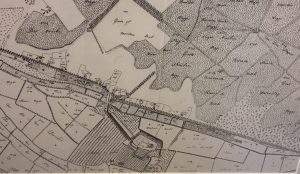
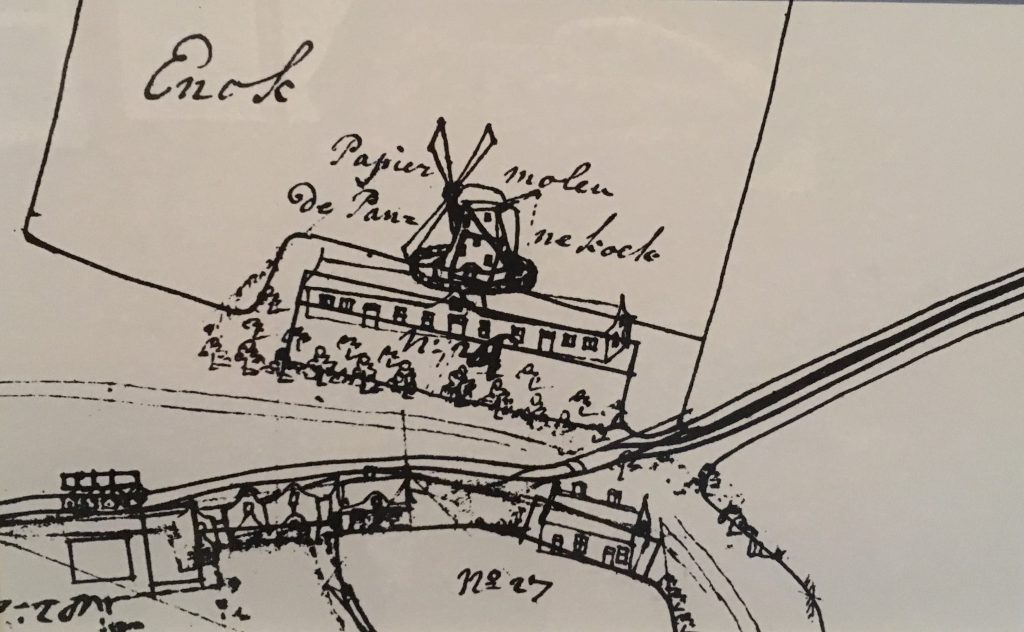
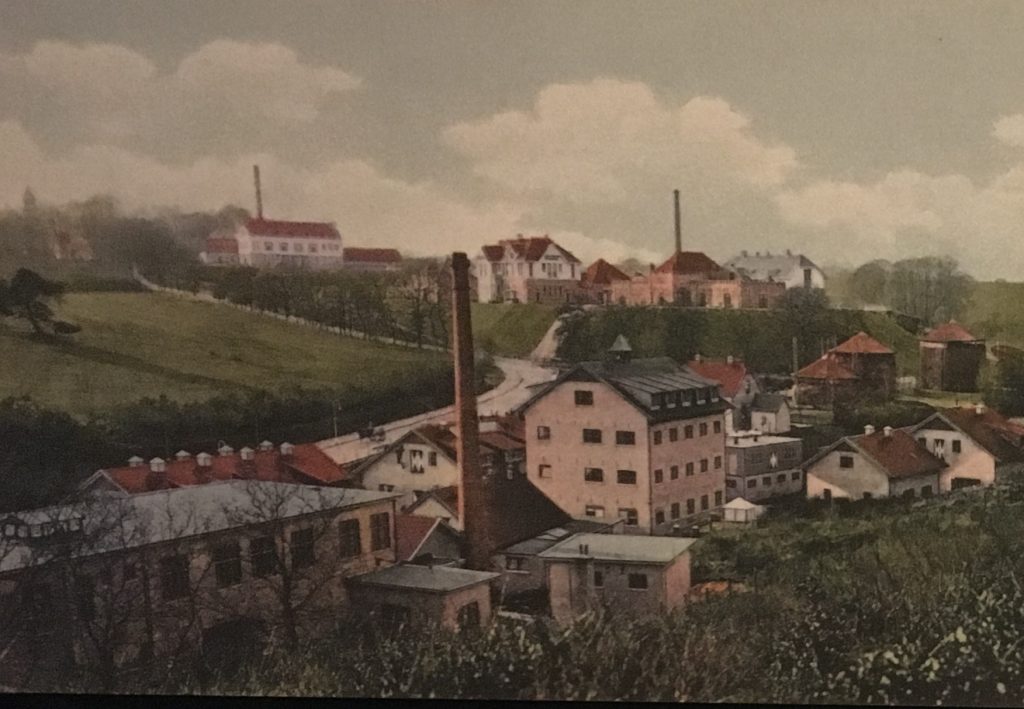
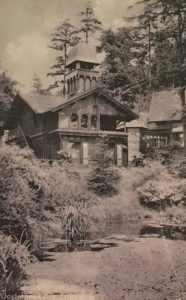
Paper Mills
Paper mills were built at the brooks in the beginning of the 17th century. The paper makers came from elsewhere and transport to and from the mills made contact with the outside world.
Model farm “House ter Aa”
Cocoa manufacturer J.W.F. Scheffer founded the farm in 1908 on the grounds of the current Heveadorp.
Before the pasteurization techniques were invented, he wanted to start a hygienic milk production. At that time, milk was a major cause of the spread of diseases.
The farm consisted of stables, factory buildings, haystacks, forage building, car shed, residential and office buildings, a bathhouse, laundry and a separate power station.
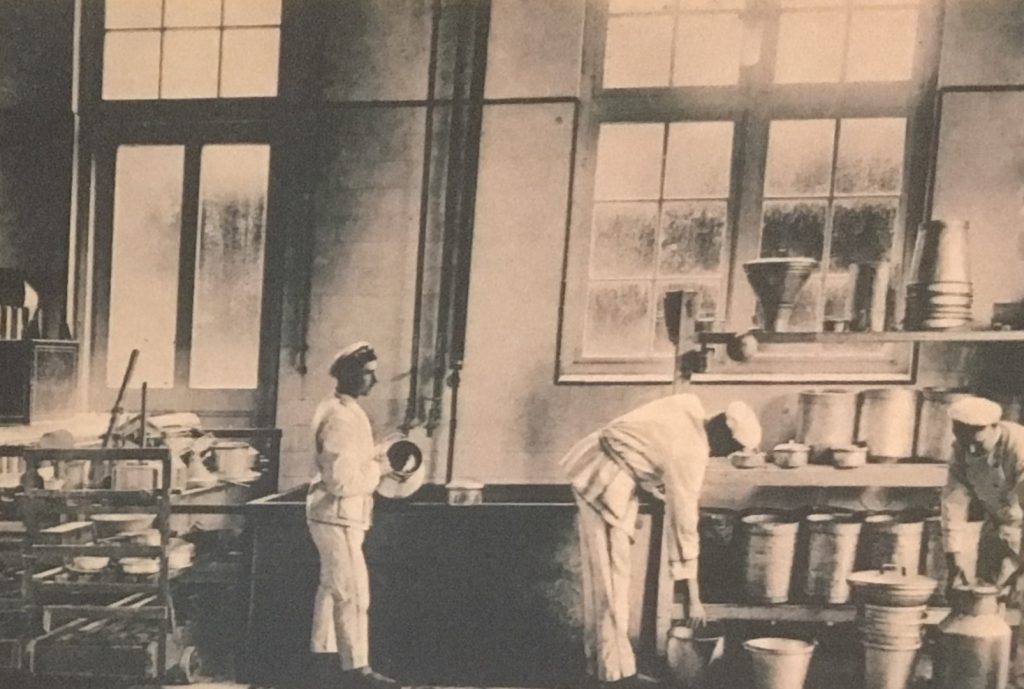
Hunter’s House
Mr. Driessen Cocoa manufacturer inhabited the Jagershuis on the Italian Road, unfortunately destroyed in the war in 1944.
The strange roof on the house was necessary for the pipe organ of the owner.
Tourism
In the 19th century growing cities, industrialization and a growing middle class gave more opportunities for tourism. The search for the tranquility of nature became a fashion phenomenon and Doorwerth reaped the benefits.
Walking and artists
Many visitors came to see the prized moraine, views, flowing streams and the forests of this area.
The Oosterbeek school formed around this nature and interest to capture these views. This artistic movement only had a short period of bloom, but in the beginning of the 20th century, it was revived by the association “Pictura Veluvensis”.


Access: Wolfheze station
The Lord of Doorwerth van Brakell had negotiated with the railway company that a station would be placed on the land that he sold. With this station nearby, he could give his visitors an appropriate welcome, and the station still offers tourists easy access to this area.

Plans for New Villas
The children of the last lord of the castle of Doorwerth sold land to the Dutch Export Company of the Association for Land Colonization.
They planned to prepare the ground for simple villas. The plots were already in preparation, but a forest fire threw a spanner in the works and the plans were then discontinued.
The Second World War
The second world war, and in particular the battle of Arnhem in September 1944, left the entire hamlet and castle in ruins. Those houses have never been built up again and it took the community 37 years to renovate the castle.
The Current Village
In 1955 the village was revived when the municipality of Renkum got a lack of building land. Different neighborhoods were build with the idea that the owners would have the feeling of living in the woods.

